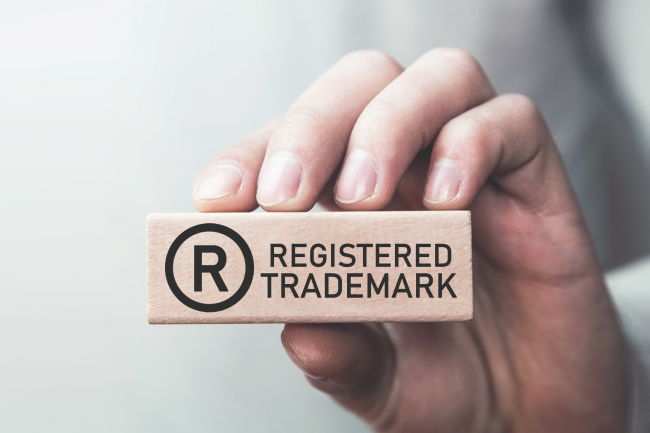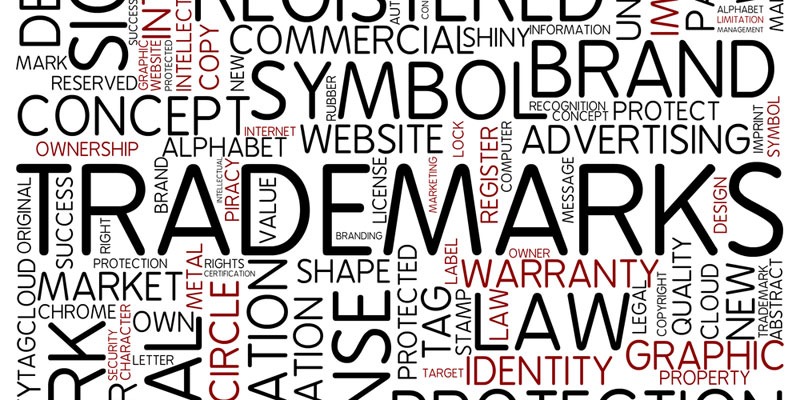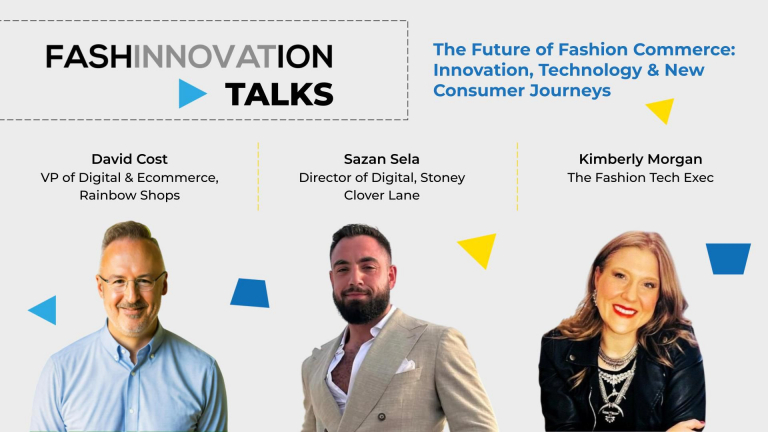When we were students, we were taught that is wrong to pass off someone else’s ideas as our own. That is why the importance of giving credit to the original sources is constantly repeated to us. So what happens when we see instances where the work of smaller brands is being copied? Does the trademark status of a product or idea affect the situation? We’ll look at all these questions and more in our quick exploration of the usefulness of a trademark and what it is.
The Need to Trademark
Trademark laws vary by country, but they all have one thing in common. A trademark will protect your intellectual property, meaning that no one else has the ability to use your name or logo without consent. Another company can be penalized for theft Without explicit permission to use and distribute these images.

This is just one way to protect the ideas and images of creators and businesses. Rightfully so as their ideas deserve to be protected. Developing and actualizing ideas are not ac activity that’s easy to do. Not to mention the countless hours that business owners spend trying to develop unique ideas. If it were something easy to do, there wouldn’t be a need to trademark because everyone would come up with their own original ideas. Each year more and more trademarks are being filed in an effort to protect people’s ideas. In 2019, the number of trademark patent applications reached its highest at 1,070,235 in the United States alone.
Creating a Brand
First, we must think of what goes into the creation of a small brand. Typically, when thinking about founding a small business you might think about the more immediate tasks. These tasks might include finding a niche product or service to provide, deciding whether to set up an online store or have a physical location and a marketing strategy. However, there are some tasks that are not as readily thought of. Other than having a product, it is important for a business or independent vendor to create an image for themselves. This image consists of a brand name and a trademarked logo.
Branding a company is what sets it apart from its competitors and serves as a unique identifier. If a business has a logo to accompany its name, people will be able to name the company with its logo alone. If we look at companies such as McDonald’s, Apple, and Nike, people can identify them based on their logos. Logos and names are the key identifiers of a company. These identifiers are often associated with certain levels of quality.

Now, imagine if another company stole the image and likeness of a business that is doing fairly well for itself. This new company will end up poaching and stealing away business from the original company because people would be unable to distinguish them. More so, there is the outcome that the new company could ruin the reputation of the already established brand. In an instance of copying, loyal customers may notice a sudden change of quality and new customers may leave negative reviews on the original company’s website and products.
When Products go Without a Trademark
Within the fashion industry, it is not uncommon to hear stories of more established brands taking the ideas of fashion students. In order to attain experience, it’s normal for students to reach out to brands and leave them with a copy of their portfolio. Regardless of whether these students end up working with a brand, the brand still has access to their ideas. Many brands also send scouts to fashion schools in search of new talents. The current practice for finding internships breeds an environment that makes it easy for plagiarism to occur.
Just last year, Tra My Nguyen was a victim of having a large brand take credit for her originality. On Instagram, Nguyen made claims against Balenciaga stating that the brand had appropriated her master’s project concept. A recruiter for the company had asked her to submit her portfolio. Within this portfolio were photos of UV protective clothing draped over motorbikes, a wearable sculpture to pay homage to the female motorists of Vietnam. Balenciaga’s imitation bared a striking resemblance to Nguyen’s project yet claimed to draw inspiration from elsewhere. However, Balenciaga has since removed the images from their Instagram page.
Trademark Registration
The best way to assure that you can take proper legal action against plagiarism is by filing a trademark patent. The process varies by country, and here we’ll look at what those laws look like in Brazil and the United States. In the US, trademark rights are acquired automatically when a business begins operation with a name and logo. However, if you’re registering a trademark before starting a company, the process can take around 15 months. This is assuming that things go smoothly.
In Brazil, the process of registering a trademark is about 6 to 8 months, much quicker than in the United States. Similar to the US, Brazil also offers trademark protection to businesses that have not already filed. This is under the condition that the company has been operating for at least six months. Despite this, filing a registration with the Brazilian Patent and Trademark Office provides a validly granted registration.
While trademark patents are very important, they have limitations. They are only effective nationally. This means that a patent in Brazil is not valid in the US or vice versa. Instead, if you want to hold a patent in another country, you will have to file within that other country. Overall, trademarks can be a useful tool in protecting a business’s ideas and image.
Want know more about the Fashion World? FASHINNOVATION!






